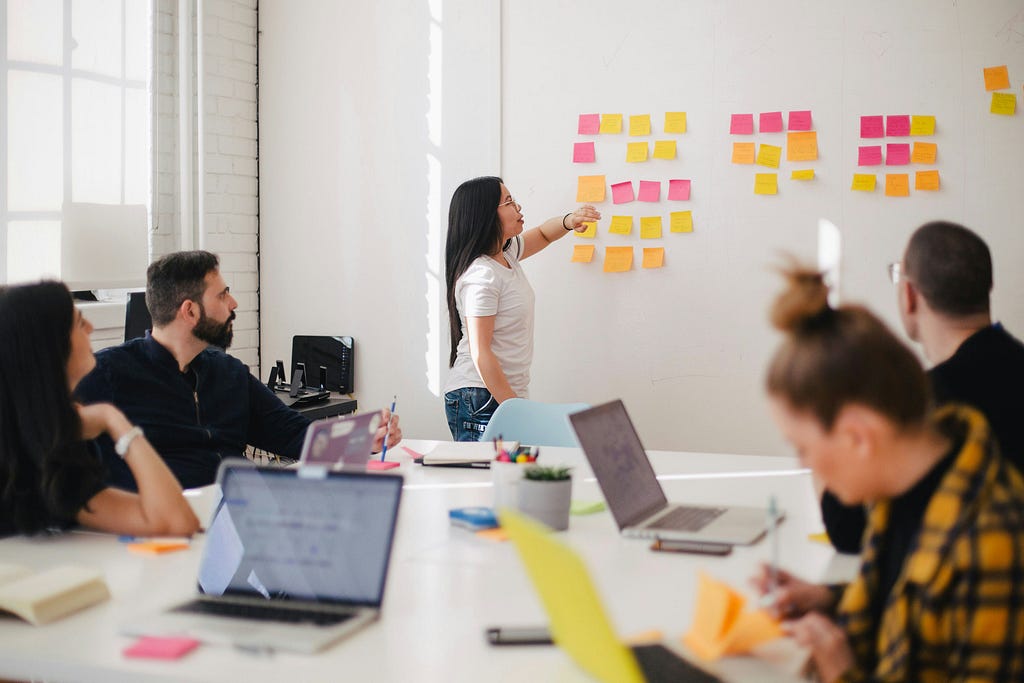
Quality Through Collaboration

Hello! My name is Swati Kharbanda, a Product Engineer in the Waitrose Digital team at John Lewis Partnership, specialising in quality. In my role, I focus on creating seamless and innovative digital experiences for our customers, while ensuring that we maintain the highest standards of quality.
At JLP, software quality goes beyond a process or a metric — it’s a shared mindset and culture. It’s about working together, aligning our efforts and continuously learning to deliver exceptional outcomes for our customers. In a world where remote work has become the norm, our recent Analysis and Quality Engineering Day was all dedicated to connecting across specialisms, learning from one another and ultimately, building the right thing.
This community day had many interesting sessions but two stood out for me as embodying our commitment to quality through collaboration: our group discussion on topics of mutual interest (including 3-Amigos), and a hands-on workshop on Example Mapping.
Unpacking the “3-Amigos” Model
We formed small groups for focused discussions on topics relevant to both analysts and quality engineers. These sessions enabled us to dive into issues that impact our daily work, from the latest engineering practices to process improvements, while also getting different perspectives on shared challenges.
The group I was in explored the “3-Amigos” model which is by definition a collaborative approach bringing together multiple perspectives (including business and engineering) to review and refine user stories before the delivery begins. We talked about the importance of doing 3-Amigos, and how our teams have been doing it to get the maximum benefit from these sessions. This session left us with key insights on how this approach is transforming quality engineering in the Partnership. Here is what makes it so impactful for us:
- Cross Disciplinary Alignment Early on: By involving multiple specialisations at the beginning of the process, we eliminate guesswork and ensure that the requirements are clear, actionable and aligned with business goals.
- Reduced Rework: Since the user stories turn out to be clear and less ambiguous, this minimises the need for rework and reducing the risk of bugs.
- A Culture of Shared Ownership: 3-Amigos cultivates a sense of shared responsibility within teams, fostering a collaborative engineering culture where everyone is invested in the product quality.
Diving into Example Mapping
During the day, we also got an opportunity to participate in a workshop around Example Mapping, led by a skilled host who guided us through this technique. The session kicked off by asking ourselves the issues that we experience during collaborative sessions; and led us to what Example Mapping is actually about. Example mapping is a method that uses concrete and precise examples to illustrate and better define a user story’s acceptance criteria. This approach uses the structure that each story is broken into rules (behaviours), examples (specific scenarios that illustrate those rules), and questions (unknowns that need resolution). This structure encourages everyone to engage and identify potential edge cases, revealing gaps and assumptions early on. After learning the basics, it was time to dive in and do a hands-on activity. We were given a user story and we worked in groups and used Example Mapping to define our rules, examples and questions to ask. This practical exercise not only honed our technical skills but also highlighted the value of collaboration in producing clear, actionable requirements that meet user needs.
Towards the end of the workshop, we also learnt about some questioning techniques which would certainly help us while working in our respective teams.
Key Takeaways and Outcomes
The Analysis and Quality Engineering Day was a resounding success, and it reinforced several key aspects of our engineering culture:
- Strengthening Team Connections: By engaging in open discussions and group exercises, we strengthened our bonds and learned from each other’s experiences — a crucial element in a remote-working world.
- Encouraging Continuous Learning: Activities like Example Mapping allow us to practise new methodologies that enhance our work, ensuring that we remain adaptable and ready to meet evolving challenges.
- Prioritising Balance and Well-being: Structured breaks and informal gatherings allow our teams to reset, making space for creativity and ensuring sustainable productivity.
At John Lewis Partnership, we believe that building a strong engineering culture is about more than just the work we do — it’s about how we work together. By creating opportunities like this Analysis and Quality Engineering Day, we’re nurturing a supportive, innovative environment that empowers every team member to grow and succeed. We look forward to more events that allow us to connect, learn, and continue building a partnership-focused engineering culture.
If you’re looking to be part of a team that values partnership, continuous learning, and high-impact work, consider joining us. Together, we’re building a future where engineering is not just about creating products, but about making a meaningful difference for our customers and for each other.
Quality Through Collaboration was originally published in John Lewis Partnership Software Engineering on Medium, where people are continuing the conversation by highlighting and responding to this story.
